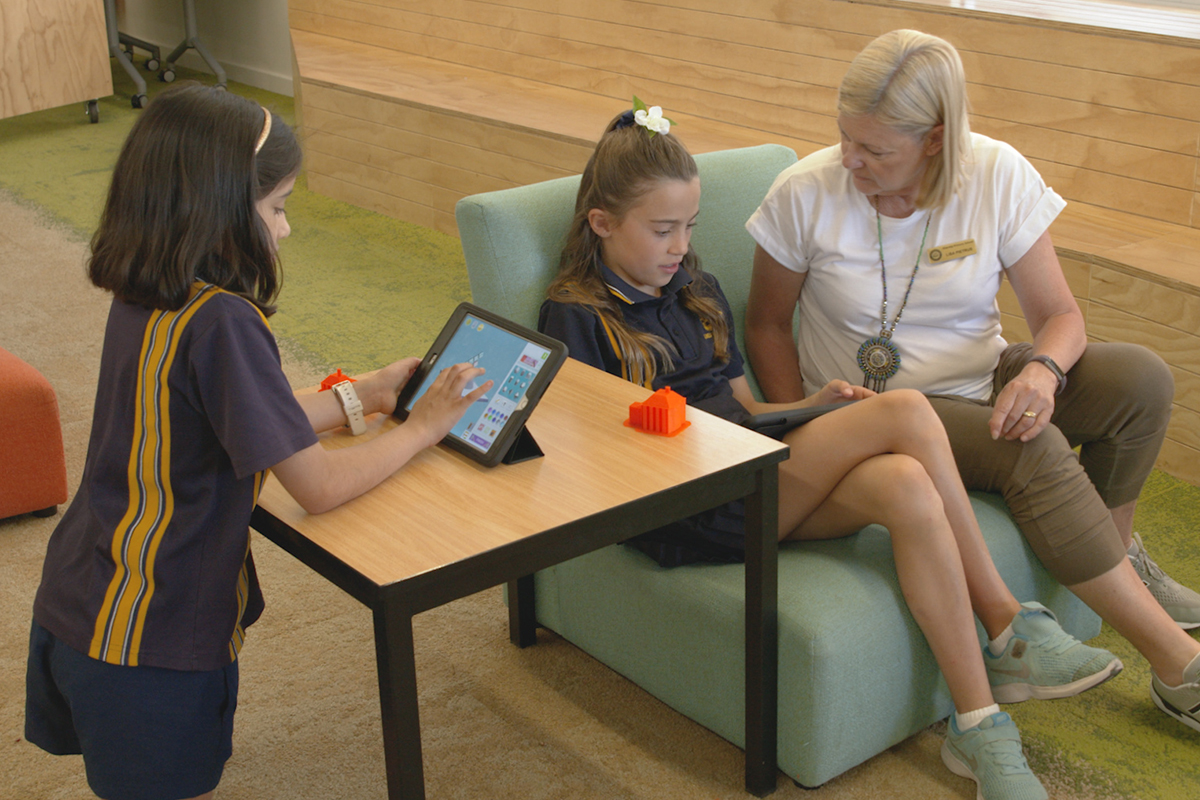Article content
Personalised content is a tool that marketing companies have been using to engage potential customers since targeted digital advertising became readily available in the early 2000’s, thanks to search engines and social media marketing platforms. The success of content created for, and delivered to, a personalised audience has demonstrated how much more engaged a customer can be if the content provider takes the time to speak to them about products, services, topics and issues that resonate with them, through a channel of their choice.
The digital experience has evolved beyond pure online engagement as a sales tool. It’s shaping the customer journey, improving and fast-tracking product development, and helping to simplify IT processes – and for most organisations there’s room for improvement. Telstra’s Global Market Insights Report 2018, developed by Ovum, recently found that core digital technologies for multi-national corporations are mobility, security, machine learning/AI and Cloud. These are all intrinsic to personalisation of customer engagement, improvement of workflow and business processes.
However, while we have a whole host of digital innovations, it doesn’t start with technology. The key to creating a personalised experience is to look at the journey from the customer’s perspective and then design solutions that address their needs and pain points. That’s the driving force behind our own digitisation program.
At Telstra, we’re digitising our systems and processes to enable brilliant customer experiences, transforming how our customers interact with Telstra and how our people better serve them through digital platforms.
The top four ingredients for success are people – changing mindsets; process – simplifying and removing unnecessary steps; data – analysing and refining; and technology – embracing Cloud and moving away from the old-school way of thinking.
Telstra applies two approaches when developing a digital transformation strategy with the consumer at the heart. The first is called Design Thinking, which takes an empathetic human lens to consider the holistic experience a customer will have with our organisation’s products and services.
There are five stages in Design Thinking: empathise and understand; define as a human statement; ideate new solutions; create a prototype; and finally, rigorous testing. It’s by no means a linear process. It can accommodate the need to go back and forth between steps as many times as necessary in order to assist in meeting the end needs.
The second is Design to Zero, which redesigns the business process to remove as much friction that require human intervention as possible, while still understanding and resolving any customer pain points. The aim here is to reduce bottle necks in the customer journey to create a seamless user experience.
As someone who’s often on the road for work, I see great examples of Design to Zero thinking at different places I go to. Qantas is a company which impresses me in terms of how it’s approached the whole customer journey. The goal of most travellers is to minimise the time spent upon arrival at the airport, to the lounge or the gate. Customers flying with Qantas may make use of the self-service check-in or baggage drop facilities, join a separate queue if they are a frequent flyer, and receive an electronic boarding pass as a QR code on their mobile device. This minimises human contact that adds little value to the overall experience, and yet customers still find it easy to get help from staff. The key is finding the right balance between digital technology improving processes, and human touch.
Digital transformation is more than embracing the latest technology. It is the way you make use of it to enhance the customer experience and optimise your business model. For successful digitisation, you must look at the efficiency that drives the transformation, and only then decide how technology can assist.

